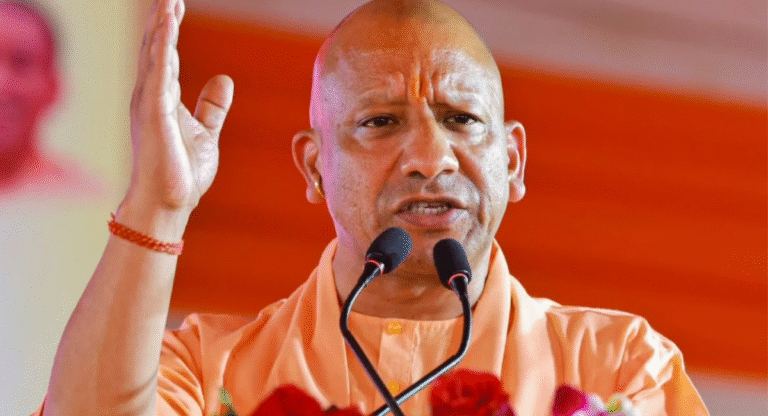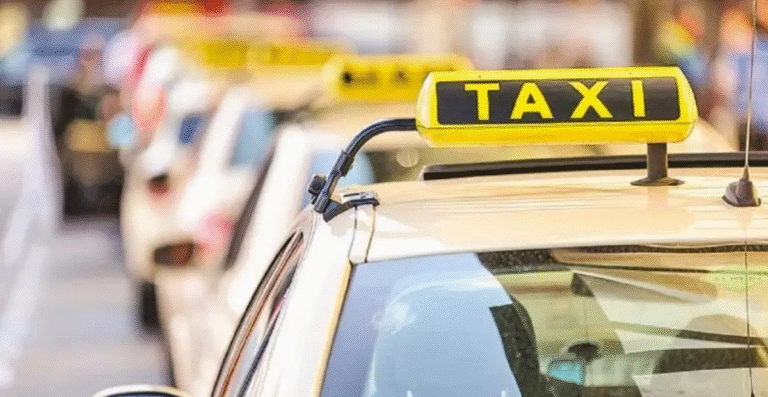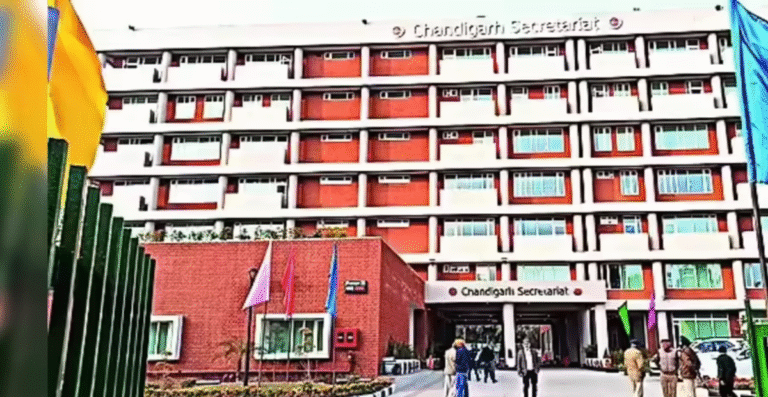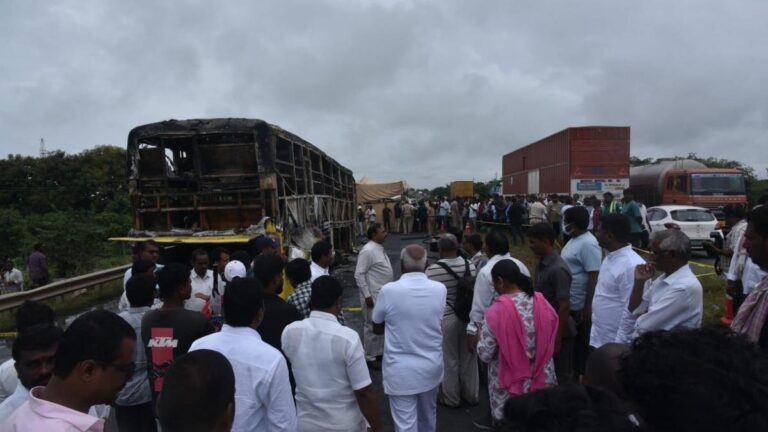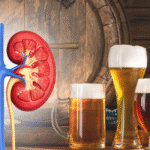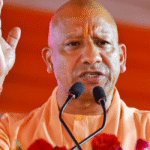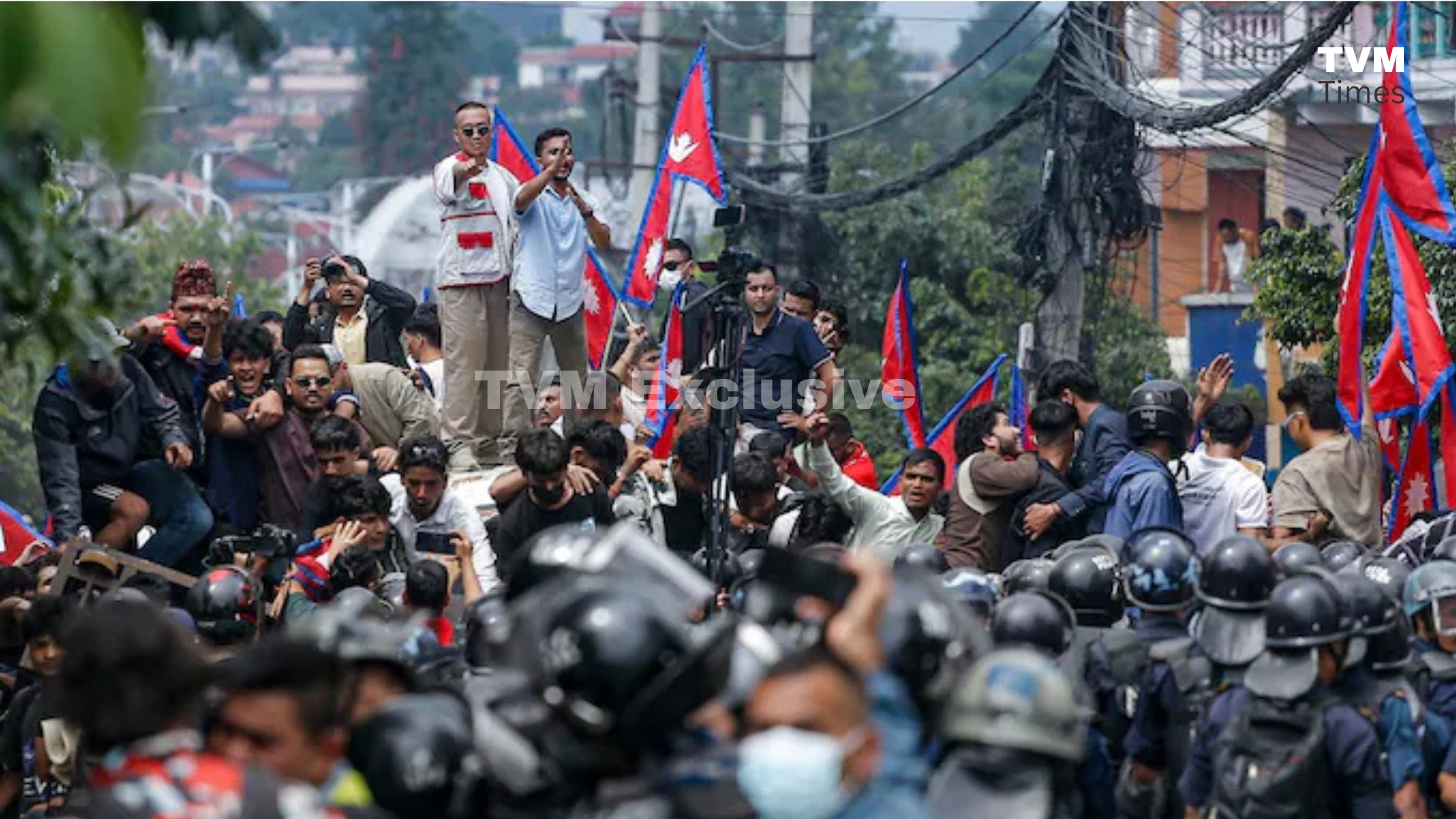
The Supreme Court of Nepal and banks in Kathmandu will reopen gradually after suffering heavy damage during Gen Z–led protests that left 34 people dead. While curfew relaxations allowed markets to open briefly, public transport remains suspended under fresh army-enforced restrictions.
In Chitwan, 54 inmates who escaped from Bharatpur Jail amid the unrest have begun returning voluntarily. Chitwan District Jail Chief Ravindra Dhungana said many surrendered after phone calls from family, noting, “The atmosphere on Wednesday was different—everyone fled. Now they are coming back, perhaps realising the government will not leave them wherever they are.”
Political Deadlock Over Interim Government
Uncertainty persists over the formation of an interim government. President Ram Chandra Poudel insists any resolution must stay within the Constitution, contradicting Army chief General Ashok Raj Sigdel’s move to persuade former Chief Justice Sushila Karki to lead as interim Prime Minister. However, Nepal’s Constitution bars retired justices from holding political or constitutional office, creating new hurdles.
Poudel’s stance has won support from major parties, including the Nepali Congress, CPN (UML), Maoist Centre and Madesh-based groups, likely pushing the issue back to Parliament, where Oli’s alliance holds a majority. Meanwhile, the Gen Z movement remains fragmented, though Kathmandu Mayor Balendra Shah has openly backed dissolving Parliament and supporting Karki’s interim leadership—fueling deeper political polarisation.
Underlying Causes of the Protests
The immediate spark for the protests was a now-lifted ban on social media platforms, but public anger had been simmering over corruption and governance failures. Despite World Bank data showing GDP growth of 4.9% in the first half of FY25, job creation remains sluggish, inequality is rising, and climate-driven vulnerabilities worsen the crisis.
Frustrated Gen Z protesters, angered by what they view as repression under the K P Sharma Oli regime, escalated violence by torching government buildings, offices of major political parties, and homes of senior leaders, including several former prime ministers.



